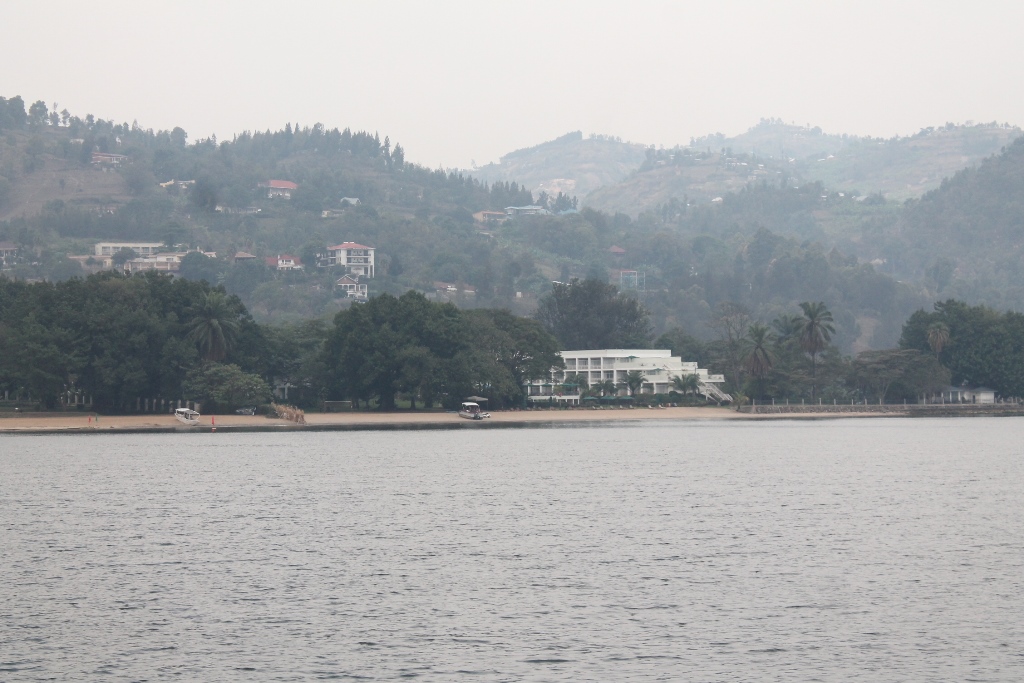Rhinos in Rwanda, 30 more introduced in Akagera National Park
Rwanda has received 30 more Rhinos that will roam in Akagera National Park, Rwanda’s big game country. The 30 rhinos that are of the White Rhino species are an addition to the small population of Black Rhinos that were the first reintroduction of Rhinos in Rwanda’s wilderness in 2017 after many years of absence. This […]
Should you start your Uganda tour in Entebbe or Kampala? Entebbe versus Kampala
Travelers visiting Uganda for a safari tour will spend at least a day in either Kampala or Entebbe before setting out to explore Uganda. This is to allow them unwind and relax off the jet lag and may be have a short experience to orient one into the life of Uganda. Many travelers ask which […]
Covid 19 vaccinated travelers now have it easy in Rwanda
Rwanda is finally easing up on covid guidelines and requirements for travelers entering the country. A new set of covid guidelines for 2021 were announced, by far the most important update for any traveler planning to visit Rwanda is; there is NO hotel quarantine for fully vaccinated travelers that are entering Rwanda. Over the last […]
Latest covid guidelines for travelling to Uganda (as of November 2021)
The covid 19 pandemic situation in Uganda has improved a lot from what it was during the Delta variant spread that took the country by storm mid this year 2021. A lockdown had even been put in place for about two months as the delta variant raged. But as we get to the end of […]
Things a tourist/visitor should NOT do in Rwanda
Every country has those sensitive issues one needs to be careful about. They may be simply traditions of the locals or particular laws. Rwanda too has things you should tread carefully about when you are a tourist or visitor. As you plan for your gorilla trek in Rwanda, chimp adventure in Nyungwe, big five safari […]

